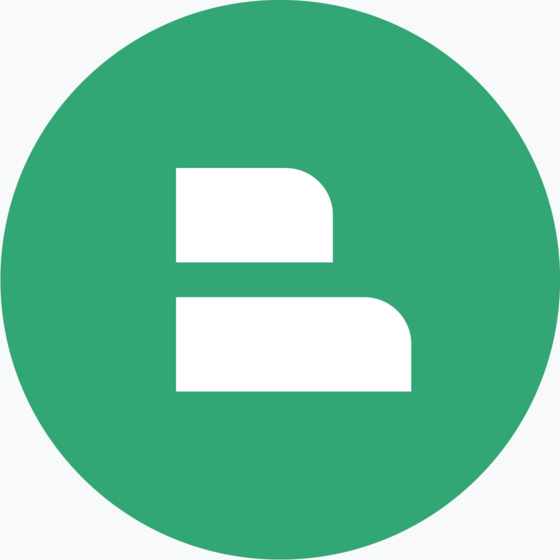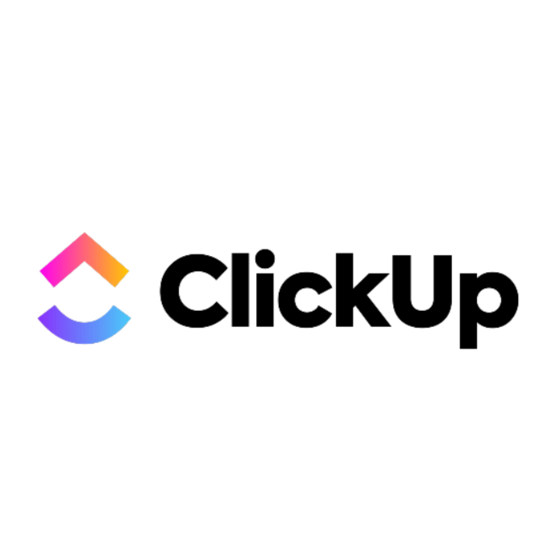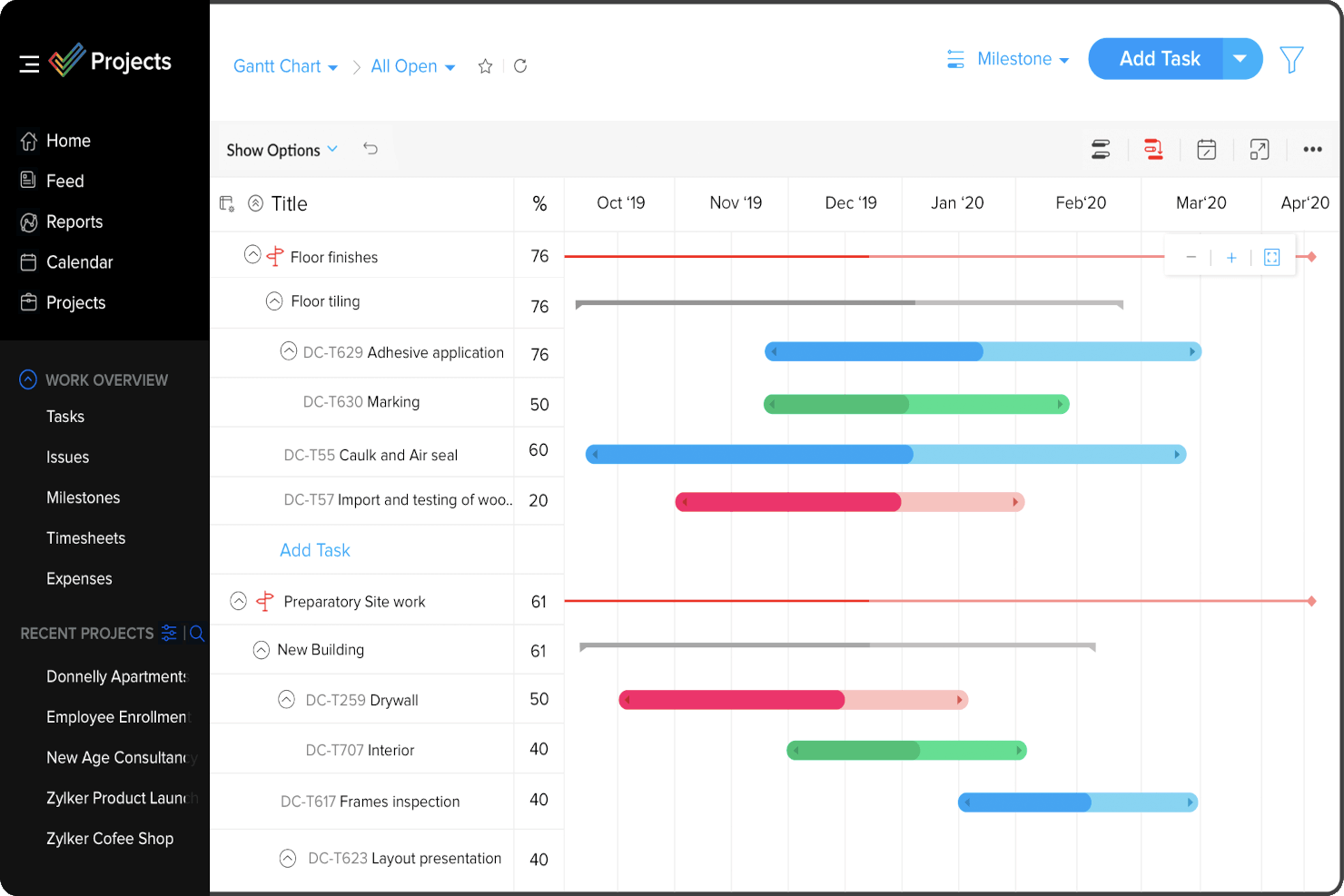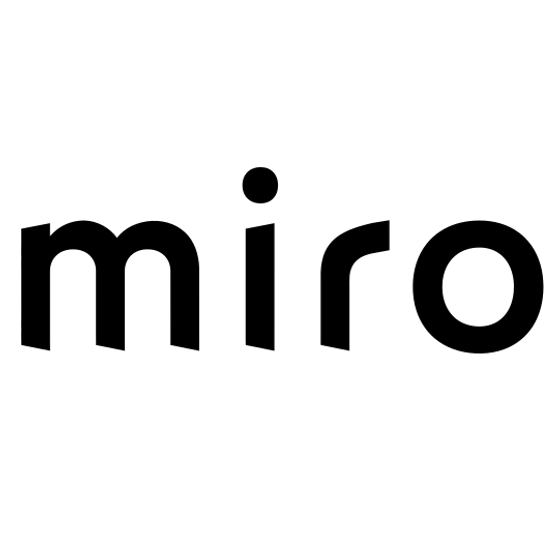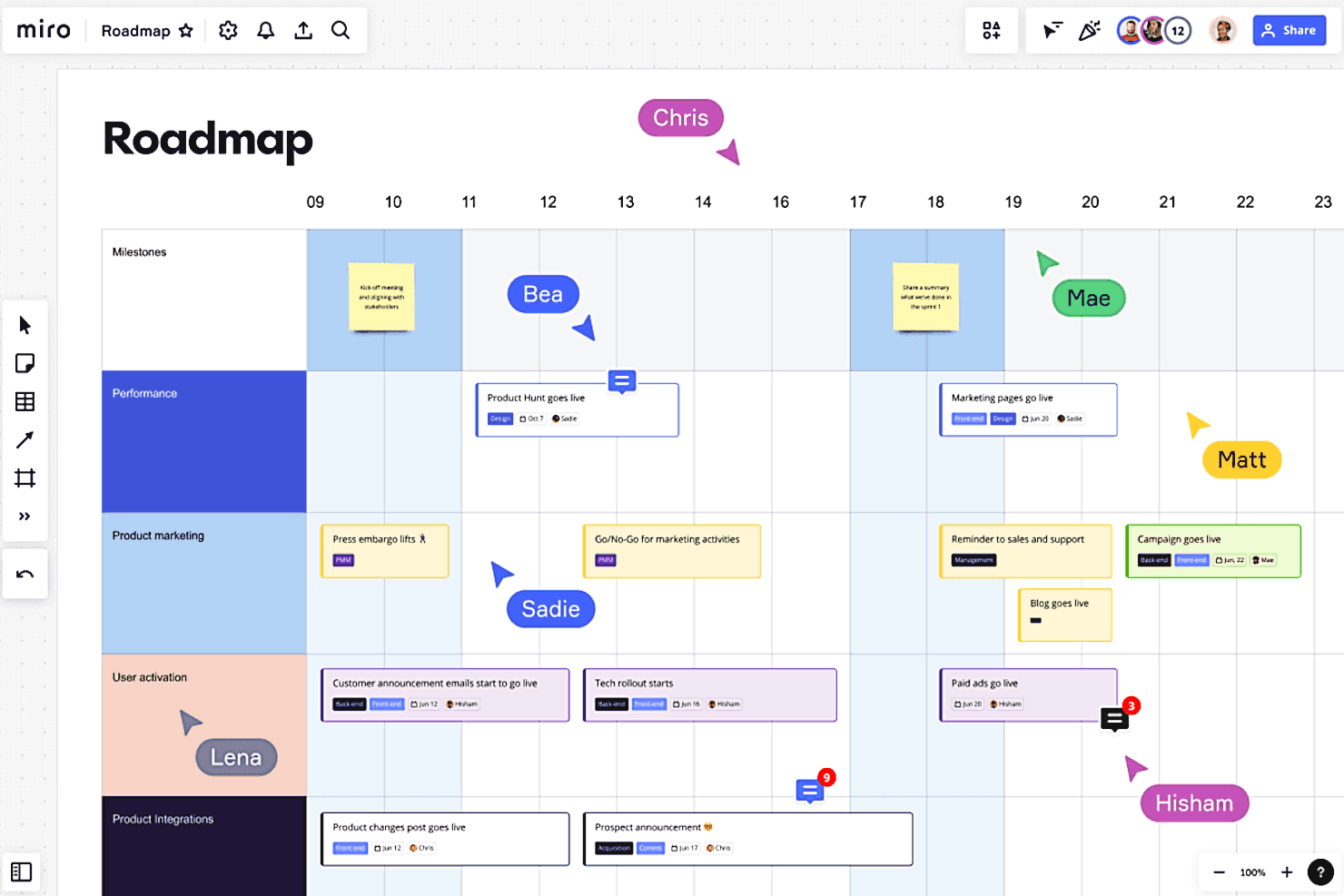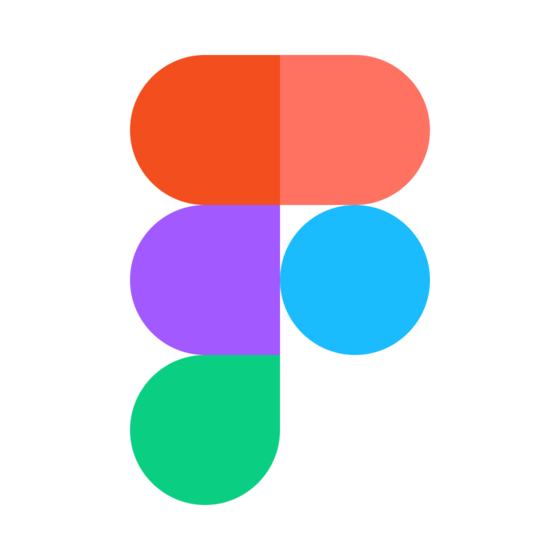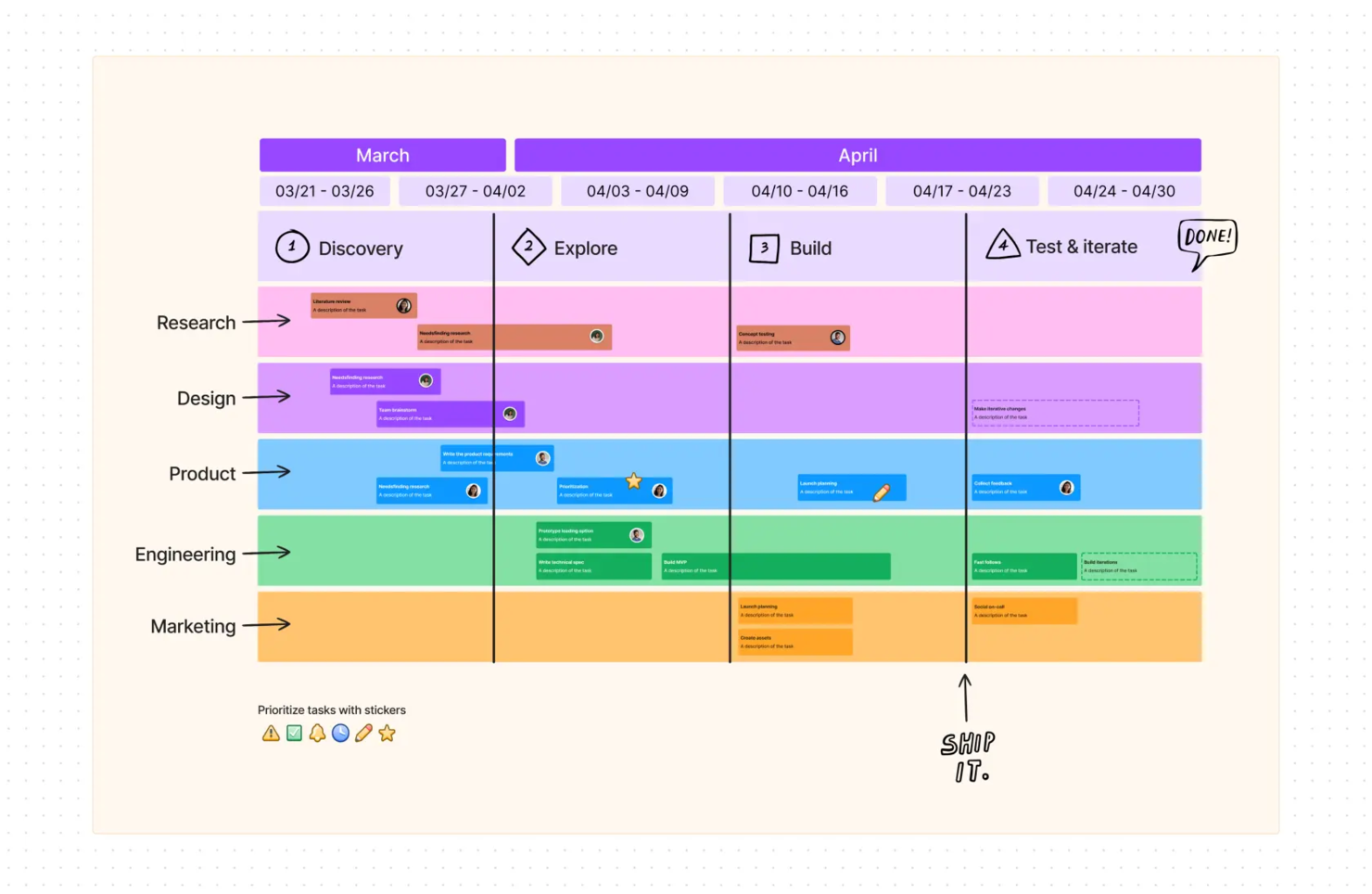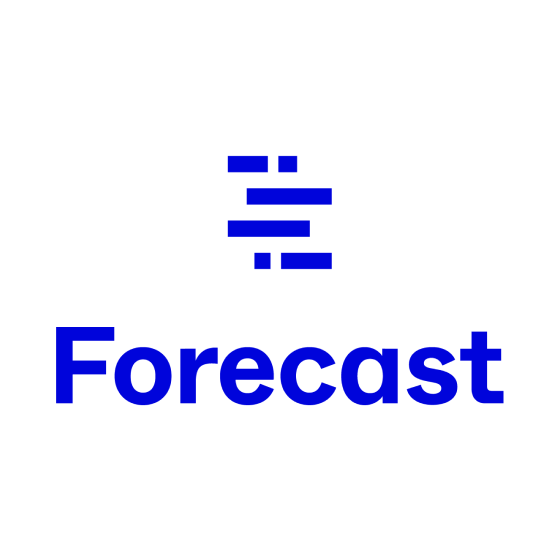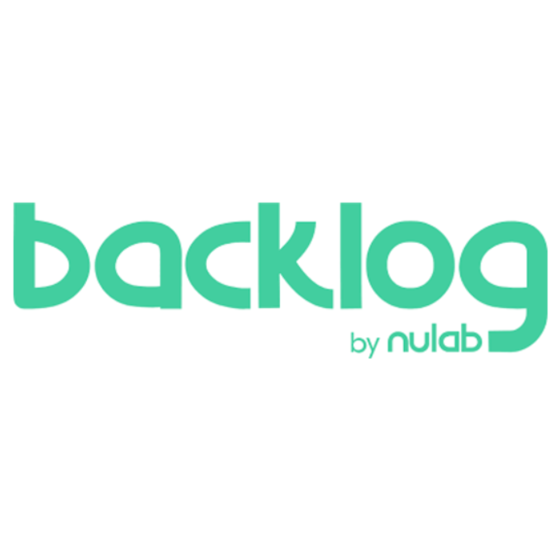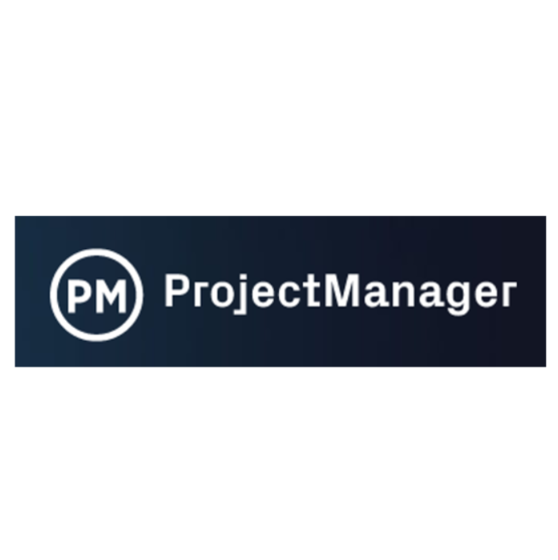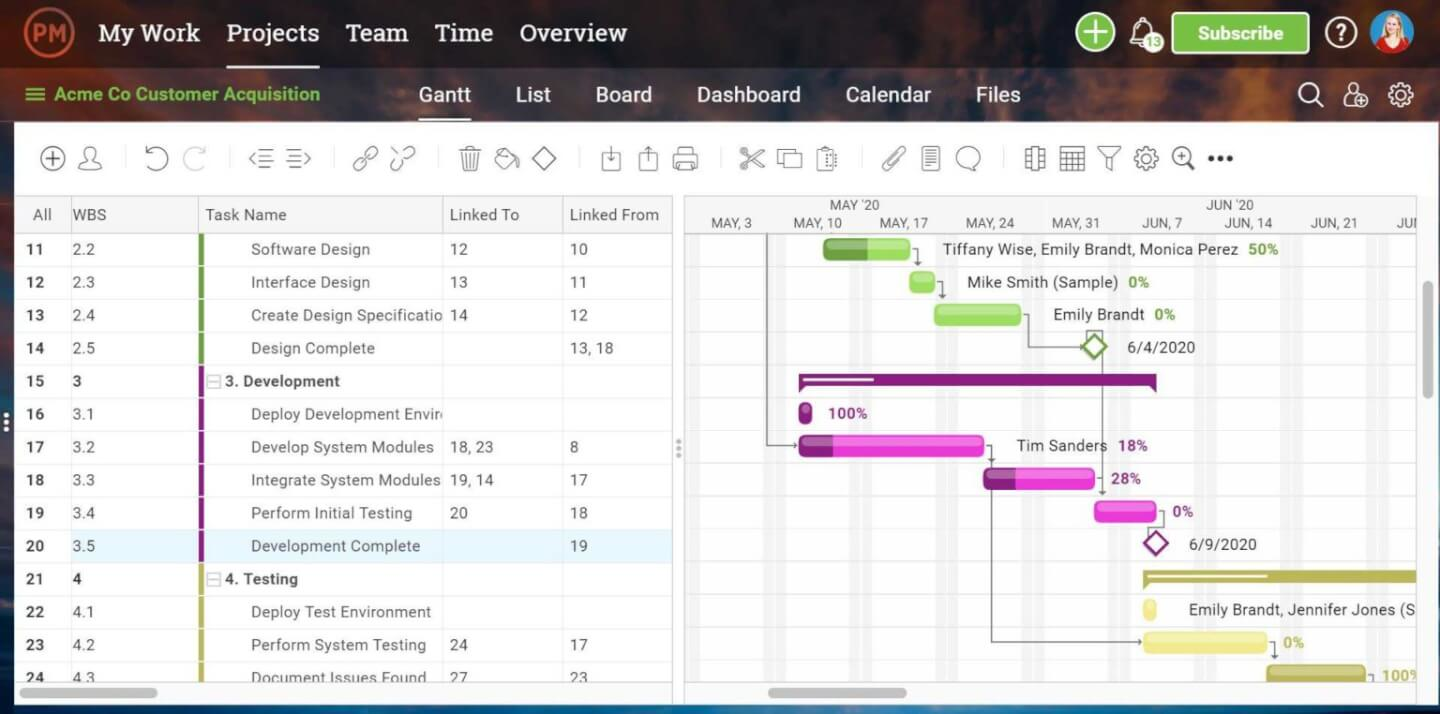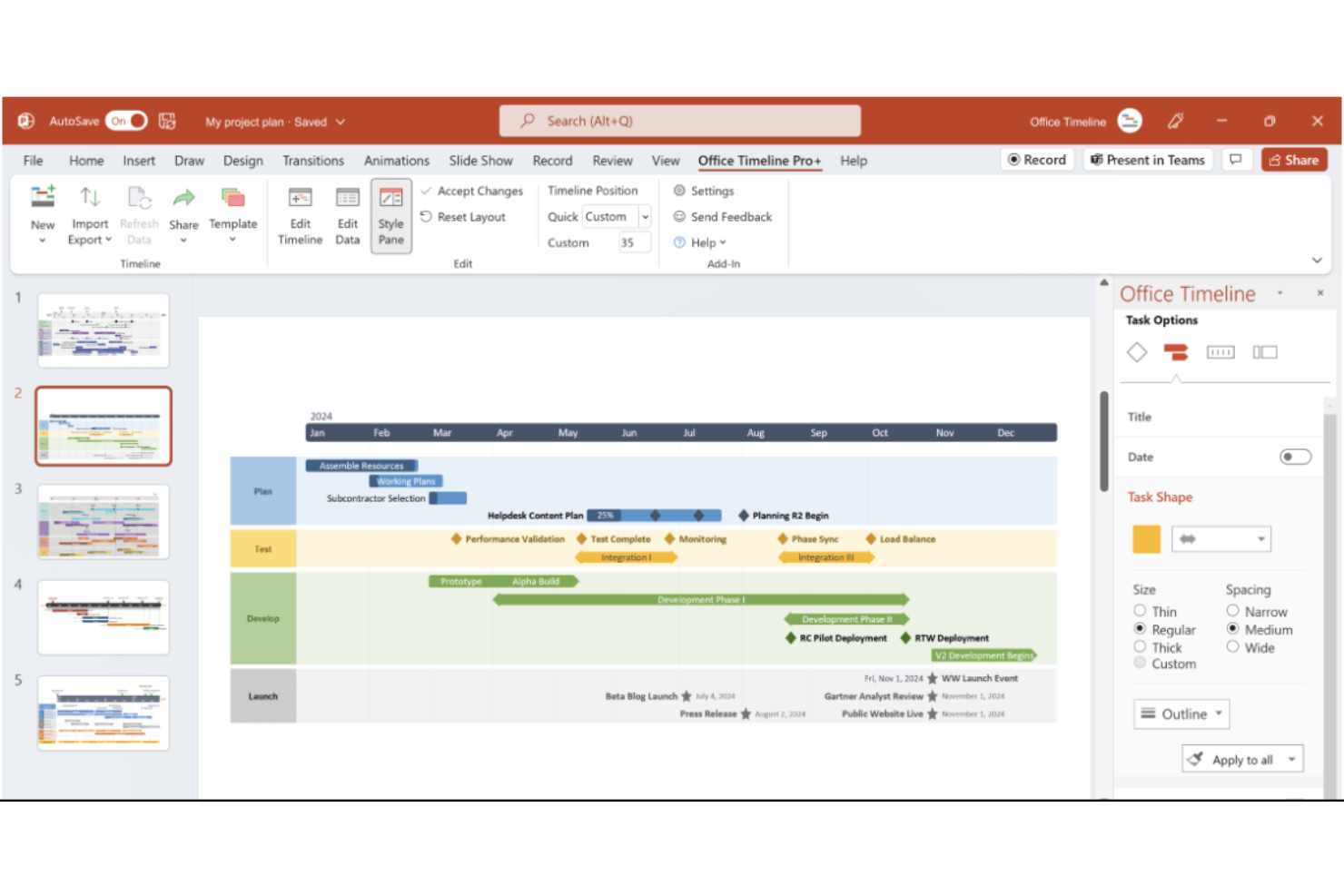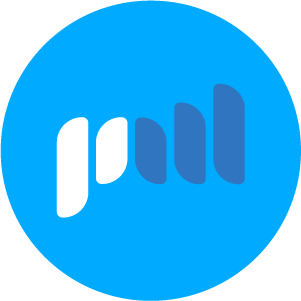10 Best Project Timeline Management Software Shortlist
Here's my pick of the 10 best software from the 27 tools reviewed.
Get free help from our project management software advisors to find your match.
With so many different project management solutions out there, figuring out which is right for you is tough. You know you want efficient planning, tracking, and coordination of project tasks, deadlines, and milestones, but need to figure out which tool is best. I've got you! In this post, I'll help make your choice easy by using my personal experience managing hundreds of projects with various teams and projects to give you my picks of the best project timeline management software.
What is project timeline management software?
Project timeline management software is a specialized tool that helps you plan, visualize, and manage the chronological sequence of tasks and milestones throughout a project. This software typically provides features to create and customize project timelines, assign tasks to team members, set dependencies, and track progress. It allows users to create Gantt charts or other visual representations of project timelines, providing a clear and comprehensive overview of the project schedule.
Overview Of The 10 Best Project Timeline Software
Here’s a brief description of each project timeline software to showcase each tool’s best use case and noteworthy features.
monday.com is a popular enterprise project management tool used by companies across different industries, like Abbott, Costco, Uber, Adobe, and Hulu.
monday.com's timeline view features a visual presentation allowing users to view timelines within single or multiple boards. The tool provides a glimpse of the timeframe allocated to complete a project, providing an opportunity to plan accordingly. The software provides teams with a tool for managing tasks, to-dos, collaboration, time tracking, task automation, task tracking, task planning, and other elements related to project timeline management.
One of the main reasons monday.com is at the top of this list is that the tool brings together collaboration, project and task management, and CRM tools. Another element worth mentioning is that this software allows for a high degree of customization, and its interface is appealing. Add this to the project management app automation, and you will understand why 127,000 customers use Monday.com in more than 200 business verticals.
monday.com integrates with several leading apps like Slack, HubSpot, Airtable, Trello, Asana, Zoom, and Microsoft Project, and others. They have a full list of integrations on their webite.
monday.com costs from $6/user/month with a two-week free trial and offers a free plan with up to two seats.
Click Up has the most features you want in a timeline management software solution, such as flexibility, making it suitable for freelancers working in different industries. The tool is easy to use and intuitive, meaning that you will not be wasting valuable time learning the ropes. The software also has an app for every device, making it suitable for individuals or teams working on different devices at different times.
If there is one thing that makes Click Up beat the competition, it has to be the company's customer service. The company promises that someone will be available 24 hours a day, every day, even during the holidays. Added to this, when you use the tool, you get access to daily webinars and free coaching. This is why the tool is great for freelancers who often need support outside traditional business hours.
Click Up integrates with Slack, GitHub, GitLab, Webhooks, Everhour, Toggl, Harvest, Google Drive, One Drive, Dropbox, Outlook, Google Calendar, Figma, Vimeo, YouTube, Loom, Zoom, Bitbucket, Chrome, Amazon Alexa, Google Assistant, Google Hangouts Chat, Intercom, Box, Zendesk, Front, Clokify, Timely, PomoDone, TMetric, Timeneye, Promodone, and a host of other apps.
Click Up costs from $5/user/month and offers a free forever plan for personal use.
Zoho Projects is a cloud-based project management software that helps businesses and teams of all sizes manage their projects, tasks, and timelines in an efficient and organized manner. Its powerful features enable project managers to plan, track, and collaborate on projects easily, allowing them to stay on top of deadlines and deliverables.
One of Zoho Projects' essential features is its ability to create and manage project timelines. With this feature, project managers can create timelines for each project and assign tasks to team members, complete with start and end dates. This allows team members to clearly understand what needs to be done, when, and by whom. Project managers can also set dependencies between tasks, ensuring each job is completed before the next one begins. This helps to prevent delays and ensures that the project stays on track.
Zoho Projects has a mobile app that allows team members to access the platform and manage tasks on the go. This can be particularly useful for remote teams or for team members who are frequently on the move. Zoho Projects also comes with a Gantt chart view, which provides a graphical representation of the project timeline. This helps users visualize project progress and identify potential delays or issues. Moreover, this view allows project managers to easily adjust the timeline, such as shifting tasks or changing dependencies.
Team members can collaborate on tasks, share files and documents, and communicate with each other through a centralized platform. Zoho Projects comes with time tracking and billing features, allowing users to track the time spent on each task and project, which can be helpful for billing clients or internal cost tracking. The software enables companies to set hourly rates for team members, ensuring the project stays within budget.
Zoho Projects integrates with other Zoho apps, commonly used apps by Google (Google Calendar, Drive, Spreadsheets, etc.), and Microsoft (Calendar, Excel, Office 365, OneDrive, Teams, and SharePoint), and other third-party apps such as Basecamp, Jira, Slack, Zendesk, and Zapier.
Zoho Projects costs from $5/user/month for tracking unlimited projects. A freemium plan with limited features, as well as a 10-day free trial, are also available.
Miro is an online whiteboard and collaboration platform that supports various project management activities. From brainstorming to task management, teams can utilize a blank canvas or select from numerous templates for timelines, roadmaps, Kanban boards, Gantt charts, and more.
The software allows the importation and expansion of existing charts from tools like Visio or Lucid, facilitating continuity and saving time. Its infinite canvas also accommodates the unrestricted development of ideas, while its multimedia features allows for a diversity of idea expression, enriching project visualization.
Moreover, Miro’s collaboration features, including real-time voting, stickies, and comments, enable teams to adjust and refine projects on the fly. Security is also a priority, with end-to-end encryption and customizable access settings ensuring project safety.
The software integrates with other workplace tools like Figma, Slack, monday.com, Asana, Confluence, Notion, and Jira, among others. With these integrations, ideas generated in Miro can be turned into tasks and projects, or shared across teams and departments.
A free plan is available, and paid plans start from $10/user/month.
FigJam is a virtual whiteboarding tool, created by (and easily integrated with) Figma. Because it's a more freeform solution, it can be used for project timeline management but also project brainstorming, scoping, planning, and more. The software comes with tons of templates your team can use to structure their work planning and tracking activities.
Once you have a whiteboard set up, you can customize it with stickers, comments, shapes, lines, arrows, images, and more. Timeline templates are among the pre-built options to choose from, and your team can collaborate in real-time to outline your project plan. You can also use your timeline board to track your team's progress as they accomplish tasks. Plenty of support documentation is also available for FigJam, both from the company and from the community.
Something else that stands out about this tool is its integration with Figma's design platform. You can connect the assets you create in FigJam with your Figma assets, creating a direct line between your ideation and planning with your team's execution. This can be helpful for adhering to timelines and reducing jumping between disjointed systems.
Native integrations are available for Figma, Microsoft Teams, Asana, Jira, Mixpanel, and Github.
A freemium plan is available for up to 3 boards, and paid plans start from $3 per user, per month.
Forecast is a project timeline management tool based on artificial intelligence (AI). The tool's AI makes it an excellent solution for specialized services firms because it reduces the time taken by non-billable work such as project planning, allocation of resources, and filling out timesheets so that teams can focus on more critical aspects of the project.
One of the excellent features that make Forecast better than many of its competitors is that it’s designed to show red bars when an employee is overbooked. This helps you to reallocate tasks within a project in an equitable way. The tool’s integration with the Harvest app allows users to see which projects are overrunning their time and budget.
Forecast integrates with Asana, Azure Active Directory, Azure DevOps, BambooHR, GitHub, GitLab, Google Calendar, Google Drive, Forecast for Android, GoSimplo, Harvest, HubSpot, iCloud Calendar, Forecaster for iOs, Jira MS Excel, MS Teams, Okta, Onelogin, Outlook, Pipedrive, Quickbooks, Reeport, Salesforce, Slack, Timelog, Trello, Unit4, Xero, and Zapier.
Forecast costs from $29/user/month and offers a free trial, but the tool's website doesn't indicate how long the trial is intended to last.
Backlog is designed to ensure that all the different segments of a project easily connect with each other. The tool's Wikis make projects available to all team members and allow for easy editing, making it a great tool for software development teams. The Kanban boards make it easy to visualize different phases. Interactive Gantt charts permit users to visualize the timeline of an entire project.
Other features that put Backlog in this top ten list include giving users the ability to create parent and child tasks to enhance order and create custom fields relevant to a specific project. Its file-sharing feature makes it possible to keep all files in one workplace. The tool's drag and drop functionality allows for easy editing of timelines and durations or changing a task's status.
Backlog integrates with Typetalk, Cacoo, Nulab Pass, Slack, Redmine, Jira Importer, iOS App, LombdaTest, and Android App.
Backlog costs from $35/30users/month and offers a forever free plan for up to 10 users and a 30-day free trial on paid plans.
Since the pronouncement that Covid-19 had become a pandemic, the workplace has changed. Many organizations have realized that a hybrid team can be as effective as co-located teams. ProjectManager is a software program designed for these hybrid teams.
A central feature that makes ProjectManager one of the best tools is that while it provides team members with a common goal created in, say, Gantt charts, it also allows individual teams to use different methods to execute the project such as Kanban boards or spreadsheet views.
ProjectManager integrates with Slack, Trello, Atlassian Jira, and Microsoft Teams.
ProjectManager costs from $14/user/month and offers a free 30-day trial and a free forever plan for up to three users.
Office Timeline is a project visualization tool that integrates with Microsoft PowerPoint, enabling users to create timelines and Gantt charts within their presentations. The tool provides a variety of customizable templates and styles, enabling users to produce professional-looking project visuals. Office Timeline aims to provide clear and convincing visuals that can be easily understood and are intended to save time in project planning and communication.
Office Timeline allows users to import data from project management software, such as Microsoft Project and Excel, and other platforms to automatically generate visuals. This feature helps users maintain an up-to-date visual representation of project schedules, milestones, and deadlines. Users can then customize these visuals by adjusting colors, shapes, and text styles. The tool also offers customizable templates and styles, enabling users to tailor their project visuals to specific requirements.
Office Timeline integrates with Microsoft Excel, Smartsheet, Wrike, and Microsoft Project.
Pricing for Office Timeline starts from $149/license/year. A free version is available.
Projectworks is a project and resource management software that combines time tracking, resource planning, budgeting, and invoicing capabilities. It can also provide revenue forecasting to help you plan your upcoming projects and allocate resources accordingly.
The resourcing module of the software allows you to allocate team members to projects, or plan projects with shadow resources. It provides you with a week by week overview of who will be working on what, making it easy to make adjustments as needed. Employees can also log their hours in the system, giving you an accurate measure of time allotted vs. time needed for various projects and initiatives.
The software also provides admins with utilization reports, so they can see who can handle an increased workload and who's been assigned too many tasks. Your staff can also submit leave requests, which will show up when you're planning and resourcing projects.
Project expenses can be tracked as the work progresses, helping you stay within your budget. Expenses reported and employee hours logged can both be used to generate invoices for your clients or customers.
The software integrates with QuickBooks, Xero, MYOB, Jira, Azure DevOps, and Hubspot. You can also connect it with a paid Zapier account to access additional integrations, or use its API to build custom integrations. A free trial is available, and pricing is available upon request.
The 10 Best Project Timeline Software Comparison Chart
Here is a convenient table that you can use to compare all the tools we just covered. If you want to expand your research, keep scrolling!
| Tools | Price | |
|---|---|---|
| monday.com | From $8/user/month (billed annually, min 3 seats) | Website |
| ClickUp | From $7/user/month | Website |
| Zoho Projects | From $5/user/month (billed annually). | Website |
| Miro | From $10/user/month | Website |
| FigJam by Figma | From $3/user/month | Website |
| Forecast | Pricing upon request | Website |
| Backlog | From $35/month for up to 30 users | Website |
| ProjectManager.com | From $13/user/month (min 5 seats) (billed annually) | Website |
| Office Timeline | From $149/license/year | Website |
| Projectworks | From $370 /month (for up to 10 users) | Website |

Compare Software Specs Side by Side
Use our comparison chart to review and evaluate software specs side-by-side.
Compare SoftwareOther Options
Here are a few more that didn’t make the top list, but definitely worth looking at to expand your research.
- GoodDay
Best timeline management for its customizability
- TeamGantt
Best for small businesses
- GanttPRO
Best for professionals and students
- Smartsheet
Best for working with formulas
- Hive
Best for large and complex projects
- Polaris PSA By Replicon
Best for sophisticated what-if scenario analysis
- Wrike
Best for small teams just getting started
- Celoxis
Best for project portfolio management
- Hub Planner
Best for team analytics & dynamic reports
- Ravetree
Best for integrated project timelines
- ProofHub
Time tracking, task management, file storage, and messaging software for project management teams
- LiquidPlanner
Project management for predictive scheduling in agile teams
- Paymo
Project management software for tracking work time and client billing
- Basecamp
Project timeline software for tracking progress for scattered teams
- Toggl Plan
Project timeline management tool for ensuring equitable work distribution in small teams
- Teamwork Projects
Project timeline management tool for ensuring accurate billable time and real-time collaboration between team members and clients
- nTask
Free project management software for managing deadlines through managing task statuses and priorities and setting planned and actual due dates
How I Picked The Best Project Timeline Management Software
First, I researched and selected all the popular timeline management software according to user reviews and ratings. Then, I narrowed down the list by weighing factors that make software a good option for building and maintaining timelines. Finally, using my experience in project management, I came up with criteria I would use for my evaluation, such as:
User Interface (UI)
I look for a project timeline management tool that’s simple to use, clear to understand, and attractive. It should respond with speed and be consistent whether I’m using a mobile phone, tablet, laptop, or desktop.
Usability
I pay attention to how the software allows me to solve my challenges, such as managing task lists, setting task dependencies, using calendar views, and file sharing. To satisfy this criterion, the software needs to be intuitive and allow me to complete critical tasks adequately and efficiently while also leaving me with a good feeling about my experience.
Integrations
I look for a software tool that creates a seamless experience with different software tools that I use to accomplish other tasks like project scheduling, customer relations management (CRM), connecting with different stakeholders, checking project status, invoicing, and project templates.
That is why I research all the ways in which the tool can expand its capabilities. These include pre-built integrations, custom integrations using an API, and connections through third-party software, like Zapier.
Compatibility
I am looking for a software solution compatible with my existing systems. This implies that apart from looking at the operating system that the software can work on, I should also determine whether it supports mobile applications for iOS or Android.
Pricing
I look for the optimal combination of quality and cost. This means I look for the best outcome at the lowest price possible. However, through a cost-benefit analysis, I consider both the financial and non-financial costs, meaning that I will not always go with the cheapest available tool.
Project Timeline Management Software FAQs
What is a project timeline?
A project timeline is a visual representation of the work you need to do in a project. You can find it in the best project management software as a special view and it contains task information, and details on milestones, dependencies, and task progress.
How do you create a timeline?
Creating a timeline is usually the easy part. After you have laid out all the tasks that need to be done, you can go to the timeline view. Then, you use the drag-and-drop functionality to start building your chart. Finally, once you finish you can connect bars to signal dependencies between tasks.
If you want detailed information, you can check out our guide to building Gantt charts.
What are the key features of project timeline management software?
- Task management and scheduling. This feature ensures smooth workflows because it connects project tasks and subtasks to make it easy to collaborate. This helps in avoiding silos, repetition of tasks, and confusion. A software package with Gantt charts or Kanban boards makes dependencies and relationships clear.
- Real-time reporting. It’s much easier to deal with problems at an early stage before they escalate into insurmountable challenges. One way of keeping your fingers on the pulse of a project timeline is to know which milestones are being completed on schedule and which ones are behind. Real-time reports provide an idea of project progress at any specific moment.
- Team collaboration tools. Successful timeline management depends on effective collaboration. Therefore, I am looking for a system that allows for document management and sharing, updating statuses and timelines, making it easy to communicate with an entire team as efficiently as possible.
- Data Analytics. Having data is important, but knowing what the data is saying is more crucial. This is the reason I am looking for a timeline and task management software tool that can track project timelines and provide me with insights on which projects are lagging and which ones are ahead of schedule.
- Security. Projects involve a lot of personal and confidential information. Apart from that, it’s easy to lose important and irretrievable information if security is not taken seriously during software development.
Why do projects get delayed?
If your team can deliver projects on time and within budget most of the time, congratulations; your project planning or project timeline management software is on point. You deserve a pat on the back because a recent survey concluded that only 29% of organizations said they mostly or always complete projects on time.
Several reasons can be attributed to projects that overrun their allocated timeframes, including poor teamwork or team collaboration, lack of automation, cumbersome approvals and permissions processes, general poor communication regarding due dates, poor resource management, and failure to manage remote teams effectively.
Undoubtedly, balancing all the elements attributed to project success can be challenging, especially for small businesses, when you use legacy project management solutions like excel spreadsheets and old-fashioned written to-do lists. However, the good news is that the market is awash with software geared explicitly at managing project timelines for all types of teams.
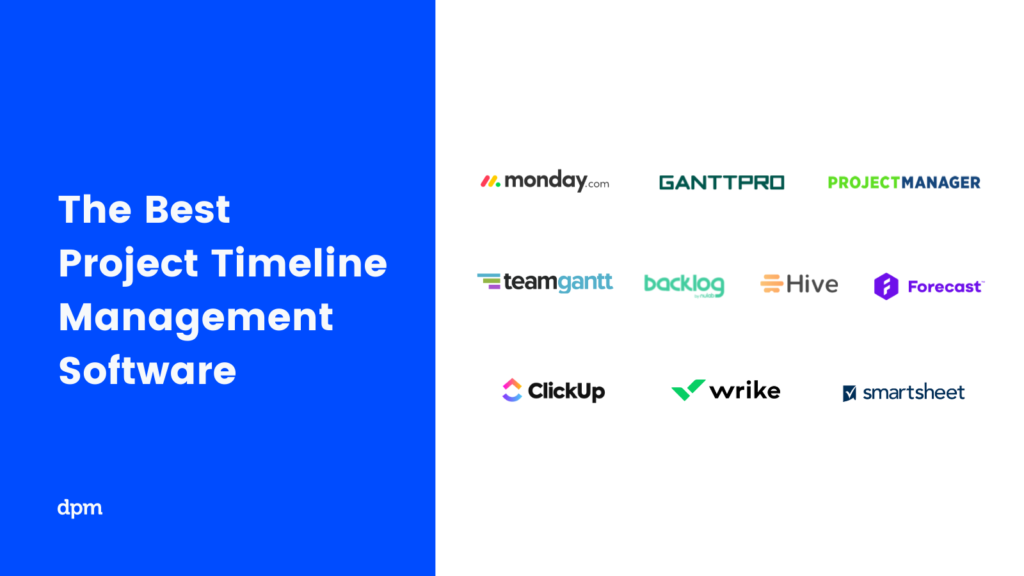
What's Next?
Now that we've covered the basics of timelines and tools you can use, you can check out more content on this topic. We have a guide that tells you how to create a project plan in 10 easy steps. Also, a little more in-depth knowledge on project milestones and how they are important to your timeline.
Related tool lists:
- Gantt chart software
- Best Project Scheduling Software
- Best project management software list (60 tools)
For more articles like this one, please subscribe to our newsletter.

